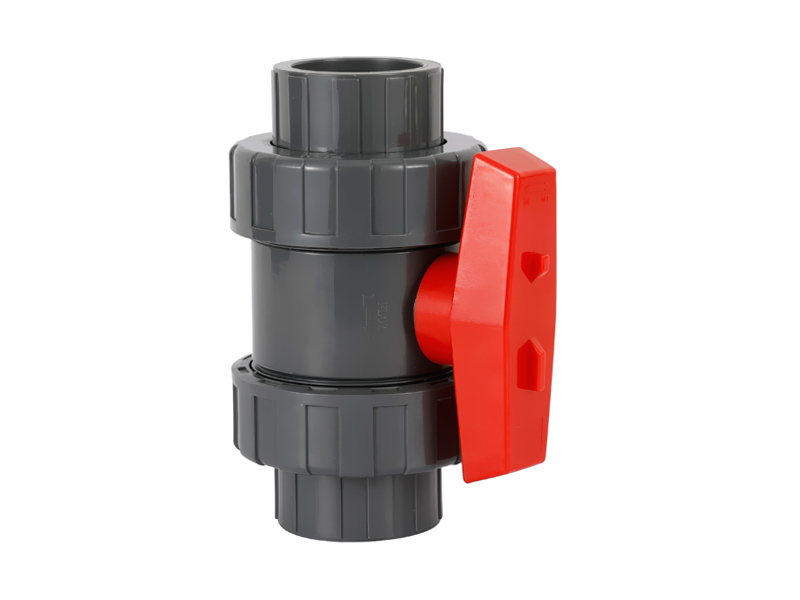How does the male ball valve design enable smooth and effortless on/off operation?
The male ball valve design is a key characteristic...
MORE >>















The ball valve is often referred to as the simplest val […]
The ball valve is often referred to as the simplest valve, but do you really understand it? It has the action of rotating 90 degrees, the cock body is a sphere, with a circular through hole or channel passing through its axis. In our country, ball valves are widely used in petroleum refining, long-distance pipelines, chemicals, papermaking, pharmaceuticals, water conservancy, electric power, municipal administration, steel and other industries, and occupy a pivotal position in the national economy.
The plastic ball valve is mainly used to cut off or connect the medium in the pipeline. The special form can be used for fluid adjustment and control. Compared with other valves, the ball valve has simple structure, small size, light weight, and low material consumption. The installation size is small, the switch is fast, the 90° reciprocating rotation, and the driving torque is small. It has good fluid control characteristics and closing and sealing performance.
In recent years, a variety of plastic valves have been developed according to the anti-corrosion and acid-base resistance requirements of different industries, with excellent characteristics. Take UPVC ball valve as an example. Compared with metal ball valve, its valve body is lighter in weight, strong in corrosion resistance, compact and beautiful in appearance, light in weight, easy to install, strong in corrosion resistance, wide in application, hygienic, non-toxic, and wear-resistant It is damaged, easy to disassemble, and easy to maintain. In addition to UPVC plastic materials, plastic ball valves also have FRPP, PVDF, PPH, CPVC, etc. The structure mainly includes sockets, screw flanges and other forms. Our company has various types of valves with various specifications to choose from.
Key points of construction and installation: 1. The installation position, height, and direction of inlet and outlet must meet the design requirements, and the connection should be firm and tight. 2. The handles of all kinds of manual valves installed on the thermal insulation pipeline must not be downward. 3. Install a gasket between the valve flange and the pipeline flange according to the pipeline design requirements. 4. Before valve installation, visual inspection must be carried out, and the manufacturer's pressure test must be confirmed.

The male ball valve design is a key characteristic...
MORE >>
In today's modern world, efficient and reliable wa...
MORE >>
Copyright ©All rights reserved:Zhejiang Xier Plastic Valve Lead Co.,LTD. PVC Ball Valves Manufacturers Technical support: HWAQ  浙公网安备 33060402001174号
浙公网安备 33060402001174号

 English
English España
España عربي
عربي